
Mount Lemmon is located in the Santa Catalina Mountains, northeast of Tucson, Arizona, USA. It's part of the Coronado National Forest and is a popular recreational area known for its cooler temperatures, hiking trails, camping spots, and the Mount Lemmon Ski Valley.

Mount Lemmon has been a geographical feature for much longer than human record-keeping, as it's a natural formation. However, it gained its name relatively recently. It was named after Sara Plummer Lemmon, a botanist who explored the area in the late 19th century. So, in terms of its name appearing on maps and being recognized as "Mount Lemmon," that would have occurred around the late 1800s.


Mount Lemmon was not "invented" by any individual; it's a natural geological feature that has existed for millions of years. The name "Mount Lemmon" was given to the mountain in honor of Sara Plummer Lemmon, a botanist who explored the area in the late 19th century. However, it's important to note that naming geographical features after individuals doesn't imply invention but rather recognition or commemoration of their contributions or explorations.

Mount Lemmon, located near Tucson, Arizona, is named after Sara Plummer Lemmon, a botanist who explored the area in the late 19th century. She and her husband, John Lemmon, were early settlers in the Tucson area and contributed significantly to the botanical knowledge of the region. The mountain was named in her honor, recognizing her contributions to the study of the local flora.


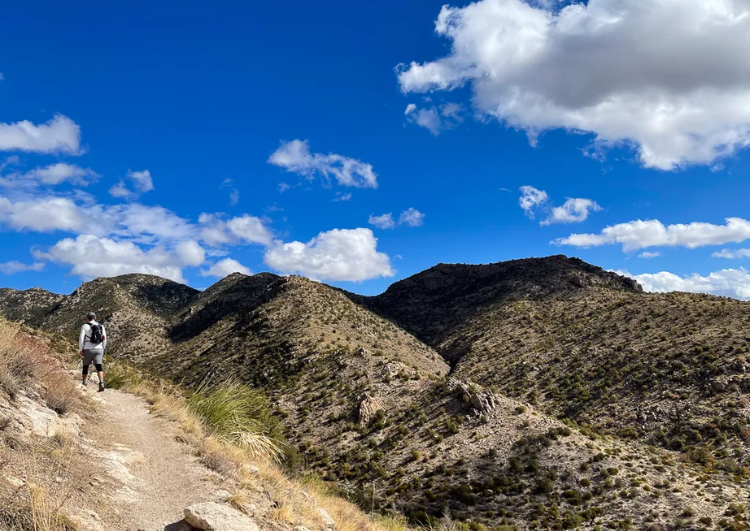
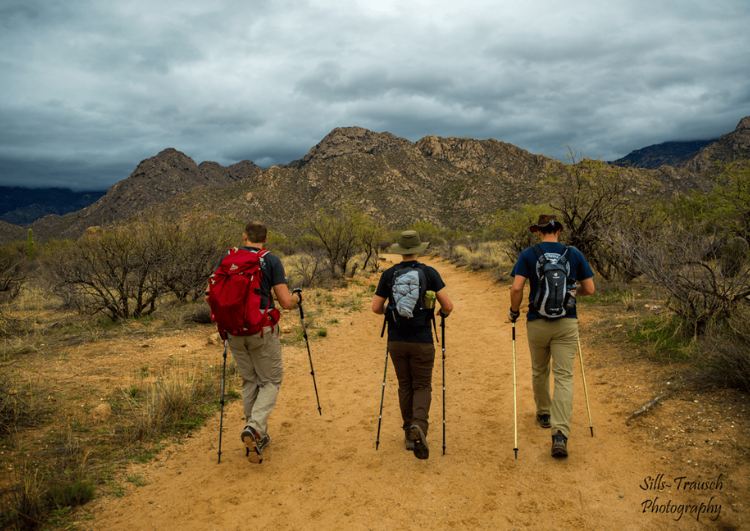
Mount Lemmon offers a variety of hiking opportunities that make it a favorite destination for hiking enthusiasts:
1. Diverse Trails: Mount Lemmon features a range of hiking trails suitable for all skill levels, from easy walks to challenging treks. Whether you're a beginner or an experienced hiker, you can find trails that match your preferences and fitness level.
2. Scenic Beauty: Hikers on Mount Lemmon are treated to breathtaking views of the surrounding landscape, including rugged canyons, lush forests, and panoramic vistas of the Tucson area below. The diverse terrain and vegetation provide a visually stunning backdrop for outdoor adventures.
3. Cooler Temperatures: As a "sky island," Mount Lemmon boasts significantly cooler temperatures compared to the surrounding desert landscape. This makes it an attractive destination for hiking, especially during the hot summer months when lower elevations can be sweltering.
4. Wildlife Viewing: Mount Lemmon is home to a diverse array of wildlife, including deer, birds, squirrels, and other creatures. Hikers may have the opportunity to spot wildlife along the trails, adding an extra element of excitement to their outdoor experience.
5. Accessibility: Mount Lemmon is conveniently located near Tucson, making it easily accessible for hikers in the area. Many trails are located within a short drive from the city, allowing for day trips or weekend getaways without extensive travel.
Overall, Mount Lemmon's combination of scenic beauty, diverse trails, cooler temperatures, and accessibility make it an ideal destination for hiking lovers looking to explore the natural beauty of southern Arizona.
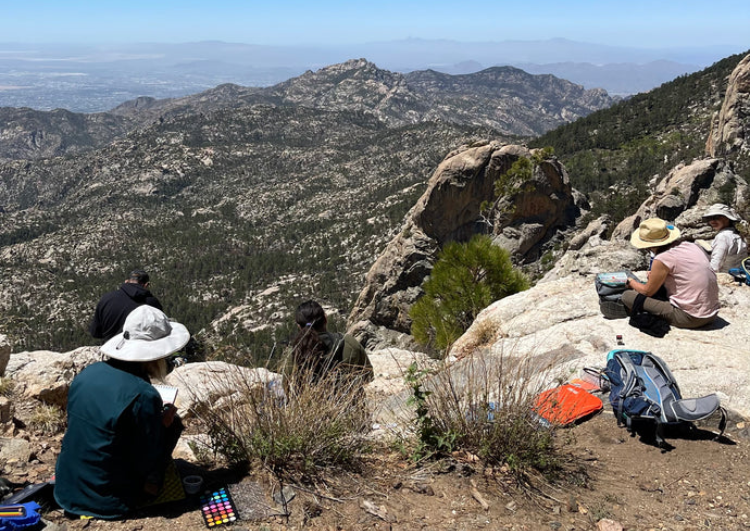
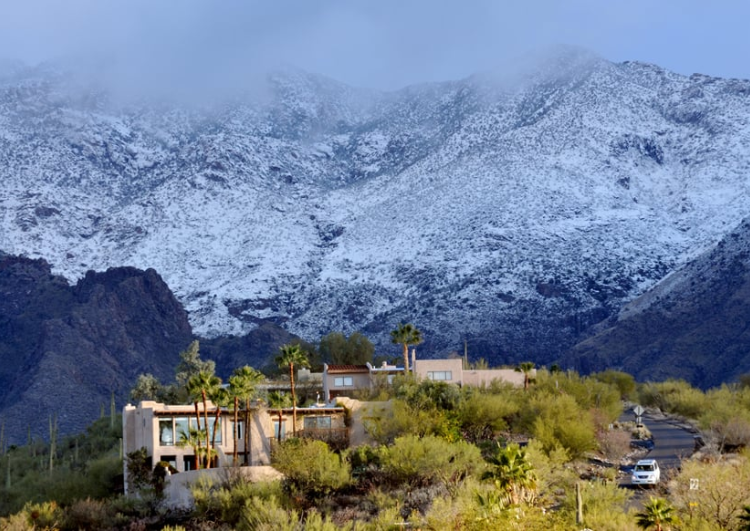

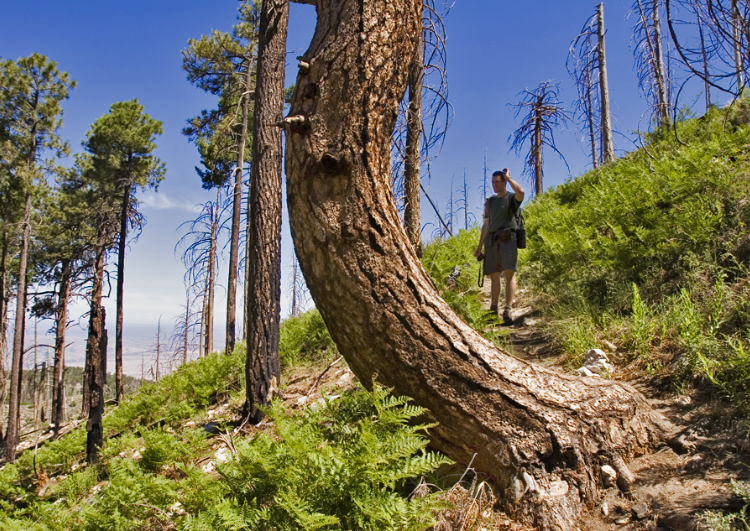
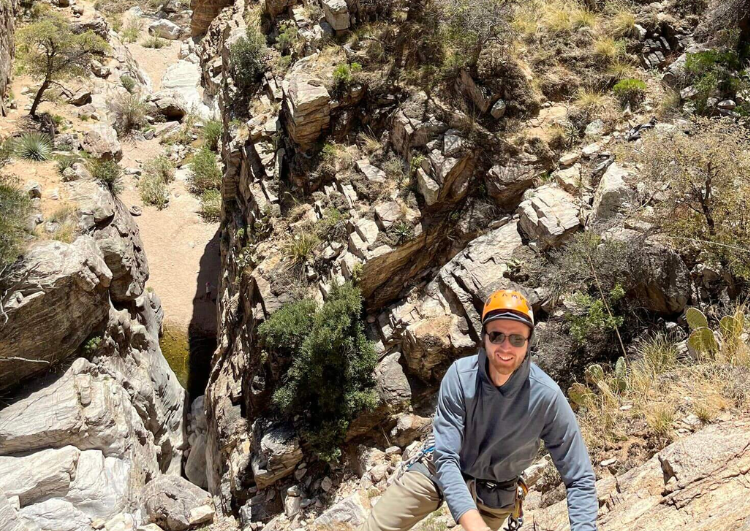

While Mount Lemmon near Tucson, Arizona, offers hiking opportunities throughout the year, the best time for hiking may vary depending on personal preferences and weather conditions:
1. Spring (March to May): Spring is a popular time for hiking on Mount Lemmon due to mild temperatures and blooming wildflowers. The weather is typically pleasant, making it enjoyable to explore the trails without the extreme heat of summer.
2. Fall (September to November): Fall is another excellent time for hiking, as temperatures begin to cool down after the summer heat. The changing colors of the leaves add to the scenic beauty of the mountain, creating a picturesque backdrop for outdoor adventures.
3. Winter (December to February): Winter brings cooler temperatures to Mount Lemmon, and higher elevations may even experience snowfall. While this can limit access to some trails, it also offers opportunities for winter hiking and snowshoeing for those who enjoy colder weather activities.
4. Summer (June to August): Summer can be hot at lower elevations in Tucson, but Mount Lemmon provides a reprieve from the heat with its cooler temperatures. However, it's essential to be mindful of monsoon season, which typically occurs from July to September and can bring afternoon thunderstorms, potentially affecting hiking conditions.
Regardless of the season, it's essential for hikers to check weather forecasts, trail conditions, and any potential hazards before embarking on a hike on Mount Lemmon. Additionally, staying hydrated, wearing appropriate clothing and footwear, and practicing Leave No Trace principles are important considerations for a safe and enjoyable hiking experience year-round.